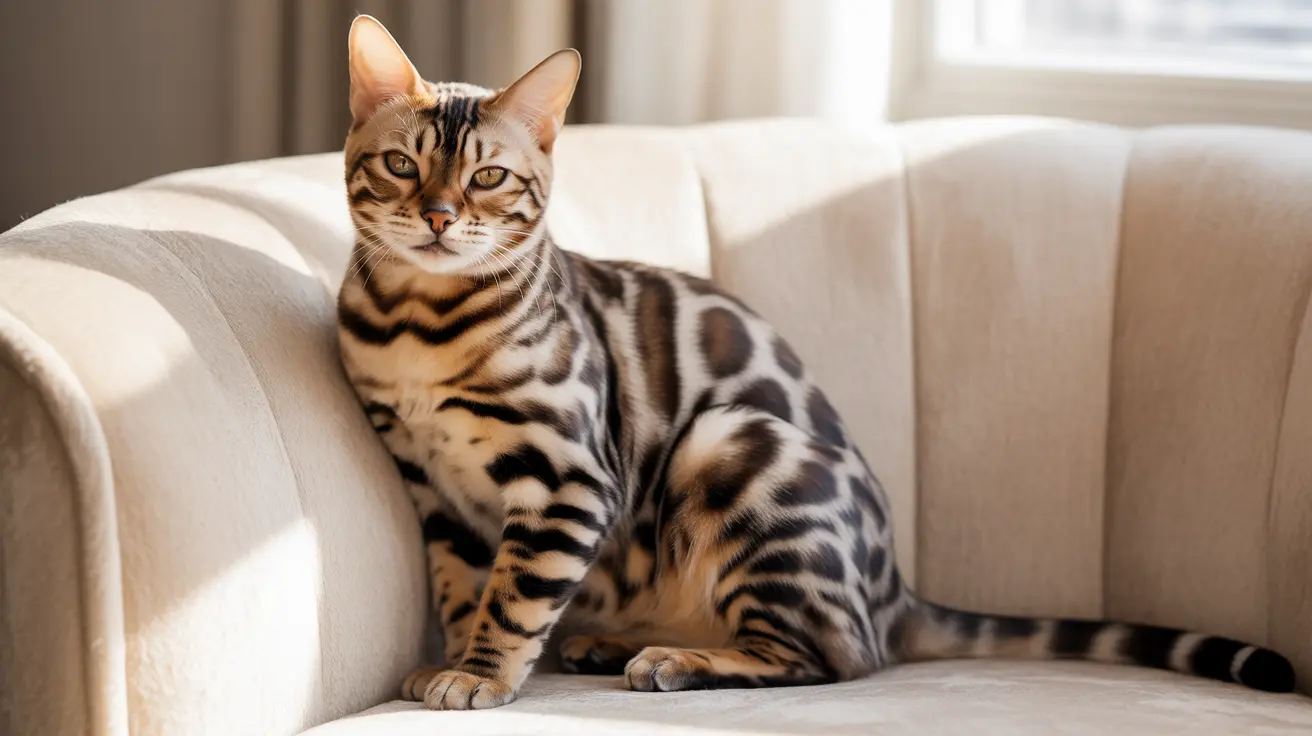Understanding Your Cat’s Age in Human Years
Knowing how old your cat is in human years not only satisfies curiosity but also helps guide proper care and attention. Cats develop and age at a different rate than humans, especially in their earliest years. Accurately translating a cat’s age into human years helps pet owners understand life stages, anticipate medical needs, and adjust diet and environment accordingly.
Why Understand Cat-to-Human Age Conversion?
Understanding the human age equivalent of your cat helps with:
- Managing health check-ups: Older cats may need more frequent vet visits.
- Adjusting diet: Nutritional needs shift as cats progress through life stages.
- Detecting age-related changes: Early intervention can improve quality of life.
General Formula for Converting Cat Years to Human Years
The widely accepted formula is:
- First cat year ≈ 15 human years
- Second cat year adds approximately 9 human years
- Each additional cat year ≈ 4 human years
Example Conversion:
- 1 cat year = 15 human years
- 2 cat years = 24 human years
- 3 cat years = 28 human years
- 4 cat years = 32 human years
- 5 cat years = 36 human years
- 6 cat years = 40 human years
And so on, adding 4 human years for each subsequent cat year.
Cat Life Stages and Their Human Equivalents
Cats, like humans, go through distinct life phases:
- Kitten (0–1 year): Rapid growth, baby to adult teeth development, and playful behavior. Human equivalent: Up to 15 years old.
- Junior/Adolescent (1–2 years): Full adult size, clear eyes, energetic. Human equivalent: 15–24 years.
- Young Adult (3–6 years): Peak physical condition, clean teeth, active. Human equivalent: 28–40 years.
- Mature Adult (7–10 years): Slower activity, potential weight gain, minor dental aging. Human equivalent: 44–56 years.
- Senior (11–14 years): Less muscle mass, dental wear, and possible joint stiffness. Human equivalent: 60–72 years.
- Super Senior (15+ years): Potential memory loss, mobility issues, dental complications. Human equivalent: 76+ years.
Physical Indicators That Reflect Age
To estimate a cat’s age if unknown, consider these markers:
1. Teeth:
- White clean teeth: Less than 1 year
- Slight yellowing: 1–2 years
- Moderate tartar: 3–5 years
- Severe dental disease or missing teeth: 10+ years
2. Eyes:
- Clear, bright eyes: Young cats
- Cloudy lens or jagged iris: Older cats
3. Coat Condition:
- Silky smooth fur: Kittens and young adults
- Rough, coarse coat and possible greying: Older cats
4. Muscle Tone and Body Form:
- Defined muscles: Young and adult cats
- Prominent bones, loose skin, reduced agility: Senior cats
Additional Factors Affecting Aging
Several variables influence cat aging:
- Breed: Purebred cats may age faster than mixed breeds
- Health: Chronic conditions accelerate signs of aging
- Lifestyle: Indoor cats generally live longer than outdoor cats
Indoor vs. Outdoor Lifespan
- Indoor cats: 13–17 years or more
- Outdoor cats: 2–5 years on average
Veterinary Assistance
While physical clues help,
consulting a veterinarian is the best way to precisely determine a cat’s age. Vets examine teeth, eyes, joints, and overall health to estimate an age bracket.
Conclusion
By understanding how cat years translate to human years, pet owners can provide age-appropriate care. Use physical clues and vet consultations for accuracy, and remember that every cat ages differently. Proper diet, regular checkups, and attentive care ensure your feline friend enjoys a long, healthy life.





